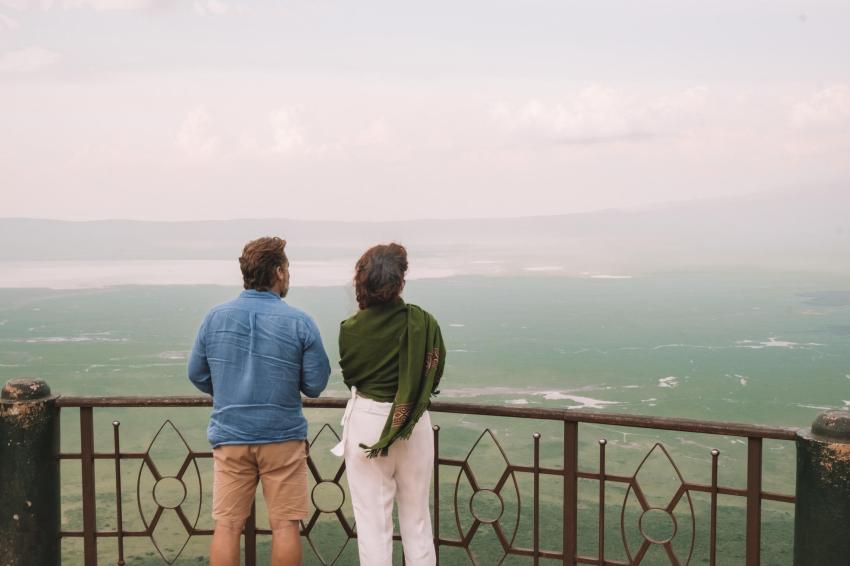The Ngorongoro Conservation Area, centered around a wildlife-rich crater, is one of East Africa’s most enchanting safari destinations. Located on Tanzania’s Northern Circuit (which includes Serengeti National Park, Lake Manyara National Park, and Tarangire National Park), this UNESCO World Heritage Site offers unparalleled natural beauty and adventure.
While many visitors come for a day to explore the Ngorongoro Crater, this breathtaking area deserves several days to uncover its full magic. In this comprehensive travel guide, we’ll explore the best things to do, where to stay, and when to visit for an unforgettable Ngorongoro safari experience.
Things to Do in the Ngorongoro Conservation Area
1. Go Game Driving in the Ngorongoro Crater
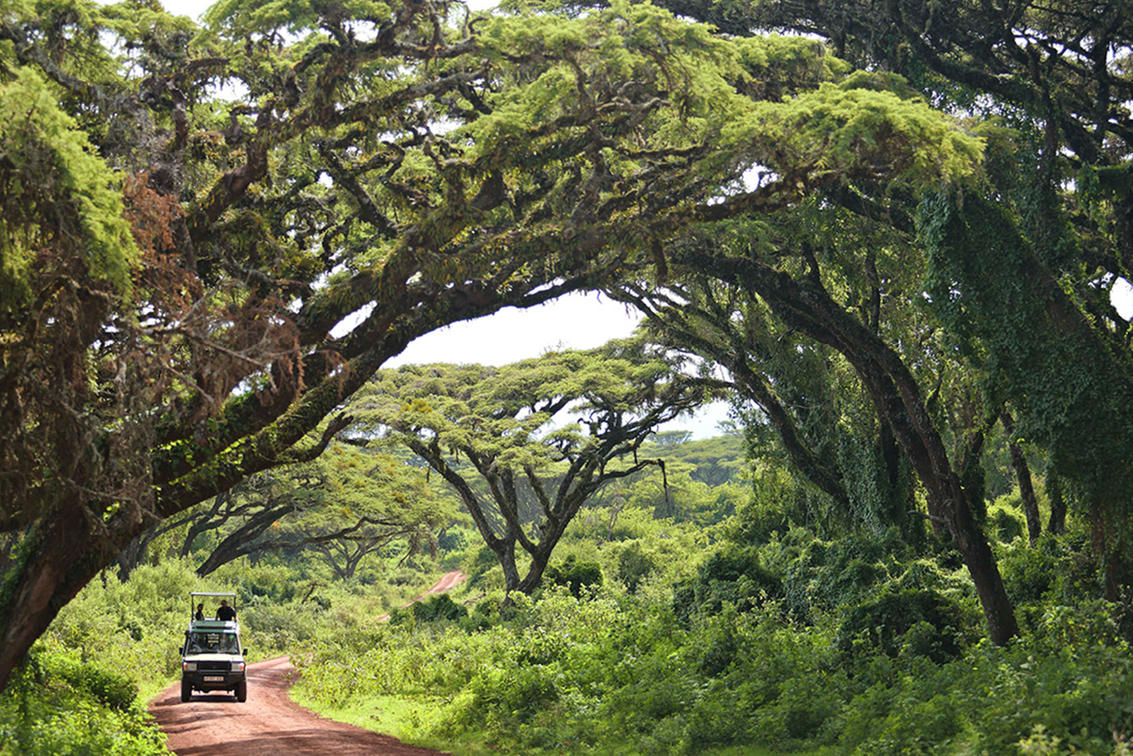 Designated as one of the Seven Natural Wonders of Africa, the Ngorongoro Crater is the remnant of an ancient volcano thought to have been larger than Mount Kilimanjaro. Today, it’s home to around 25,000 animals, including the iconic “Big Five”: black rhinoceros, elephants, lions, leopards, and Cape buffalo.
Designated as one of the Seven Natural Wonders of Africa, the Ngorongoro Crater is the remnant of an ancient volcano thought to have been larger than Mount Kilimanjaro. Today, it’s home to around 25,000 animals, including the iconic “Big Five”: black rhinoceros, elephants, lions, leopards, and Cape buffalo.
A game drive safari offers a chance to see blue wildebeest, Grant’s zebras, gazelles, and the vibrant birdlife, including flamingos wading in Lake Magadi.
2. Hike in the Ngorongoro Highlands
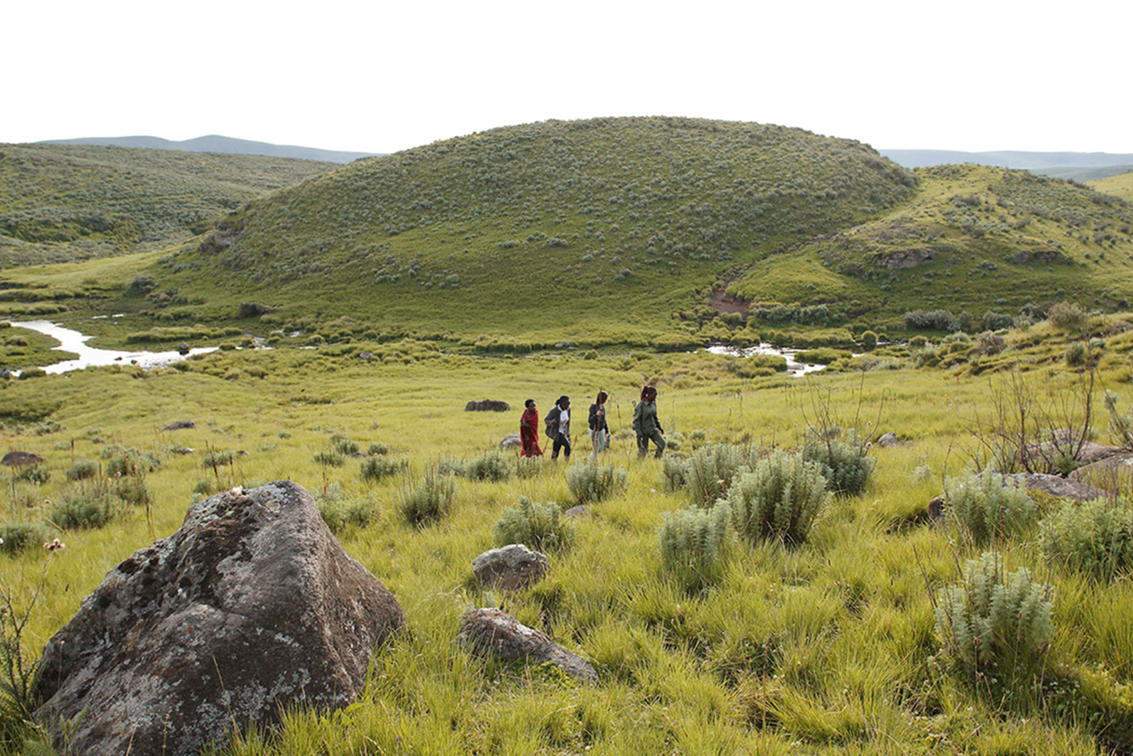 The Ngorongoro Highlands, surrounding the crater, are best explored on foot. Guided hikes take you through lush forests and savannahs, offering stunning lookouts and encounters with Maasai pastoralists. Highlights include:
The Ngorongoro Highlands, surrounding the crater, are best explored on foot. Guided hikes take you through lush forests and savannahs, offering stunning lookouts and encounters with Maasai pastoralists. Highlights include:
- Mount Ol Doinyo Lengai: Known as the “Mountain of God” to the Maasai.
- Lake Natron: Home to flamingo breeding grounds.
- Great Rift Valley Views: Awe-inspiring vistas that shouldn’t be missed.
3. Discover Human History at Olduvai Gorge
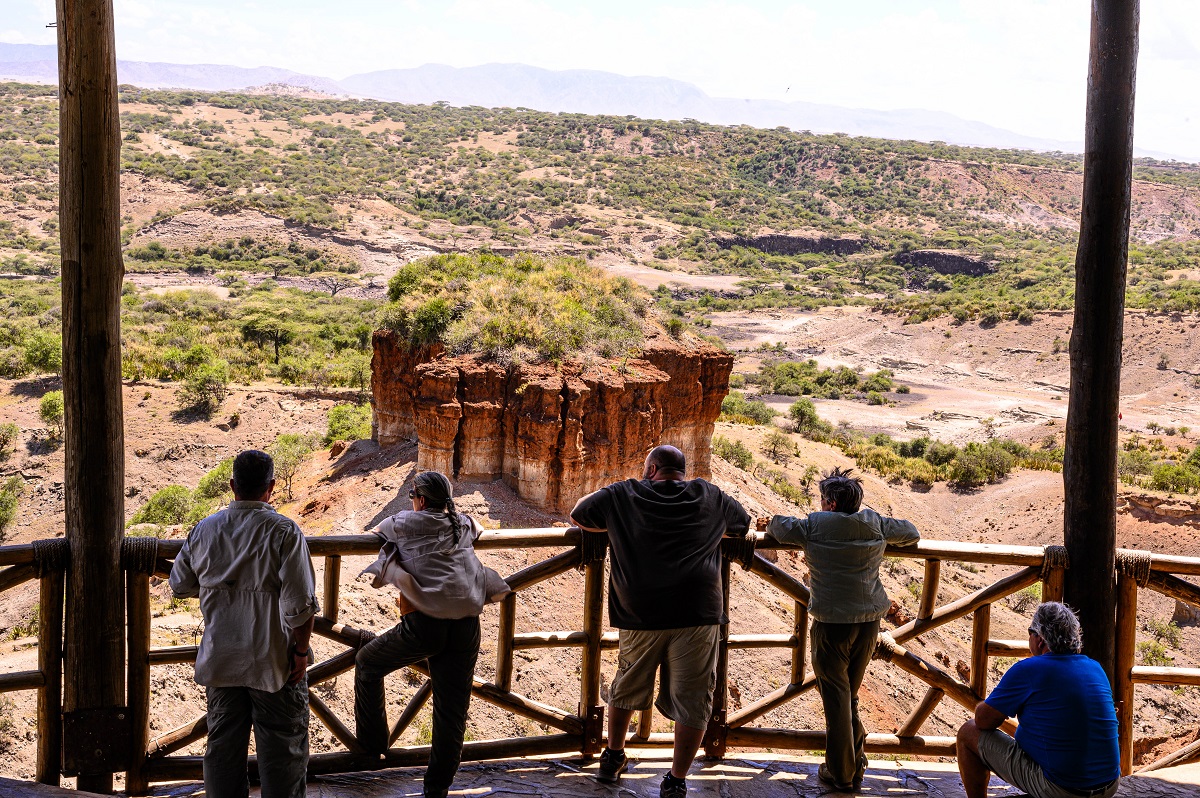 Olduvai Gorge, one of the world’s most significant paleo-anthropological sites, offers insights into early hominid life. Visit the Olduvai Gorge Museum to see fossils and artifacts uncovered by Mary and Louis Leakey. Don’t miss the striking monument depicting two hominid skulls discovered here.
Olduvai Gorge, one of the world’s most significant paleo-anthropological sites, offers insights into early hominid life. Visit the Olduvai Gorge Museum to see fossils and artifacts uncovered by Mary and Louis Leakey. Don’t miss the striking monument depicting two hominid skulls discovered here.
4. Explore the Ndutu Region
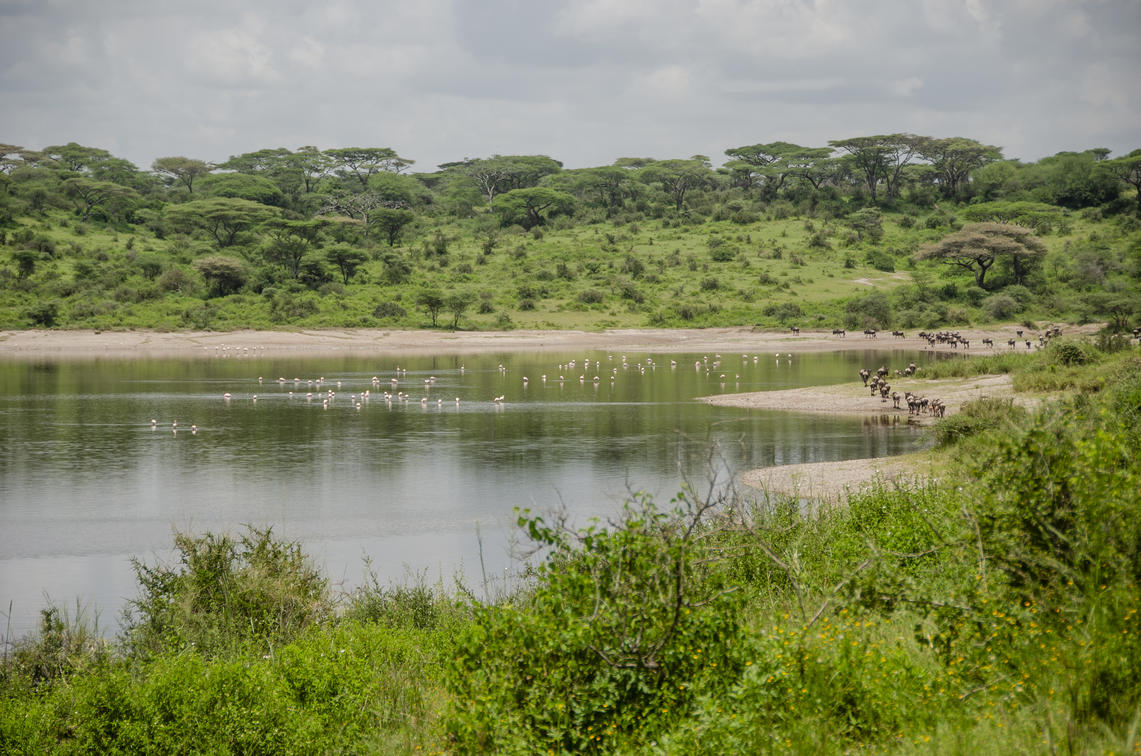 The Ndutu Region, spanning the Ngorongoro Conservation Area and Serengeti National Park, is a wildlife hotspot during the green season. Highlights include:
The Ndutu Region, spanning the Ngorongoro Conservation Area and Serengeti National Park, is a wildlife hotspot during the green season. Highlights include:
- Great Wildebeest Migration: Witness herds calving in February.
- Birdwatching: Spot species like steppe eagles and African cuckoos.
- Iconic Wildlife: Giraffes, elephants, cheetahs, and leopards.
5. Birdwatch in the Empakaai Crater
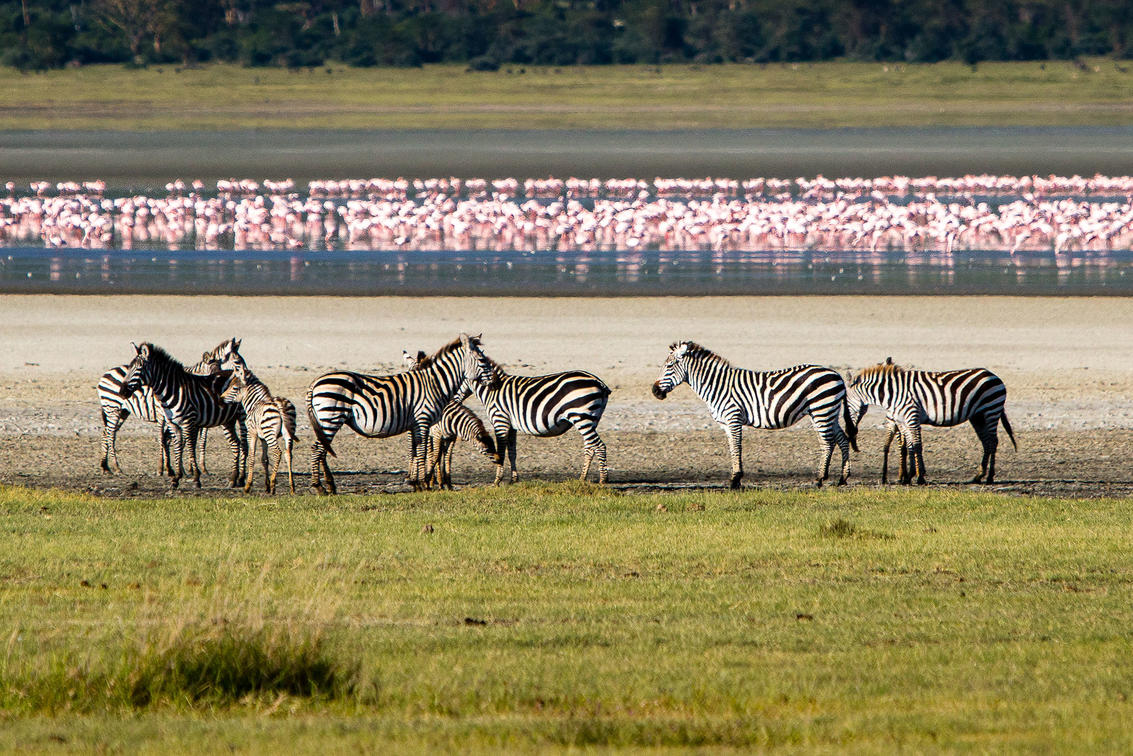 The Empakaai Crater, with its alkaline lake, is a haven for birdwatchers and nature enthusiasts. Descend into the crater to see thousands of flamingos and other wildlife, including elephants and buffalos. Bird species such as bearded vultures and augur buzzards are often spotted here.
The Empakaai Crater, with its alkaline lake, is a haven for birdwatchers and nature enthusiasts. Descend into the crater to see thousands of flamingos and other wildlife, including elephants and buffalos. Bird species such as bearded vultures and augur buzzards are often spotted here.
6. Visit a Maasai Village
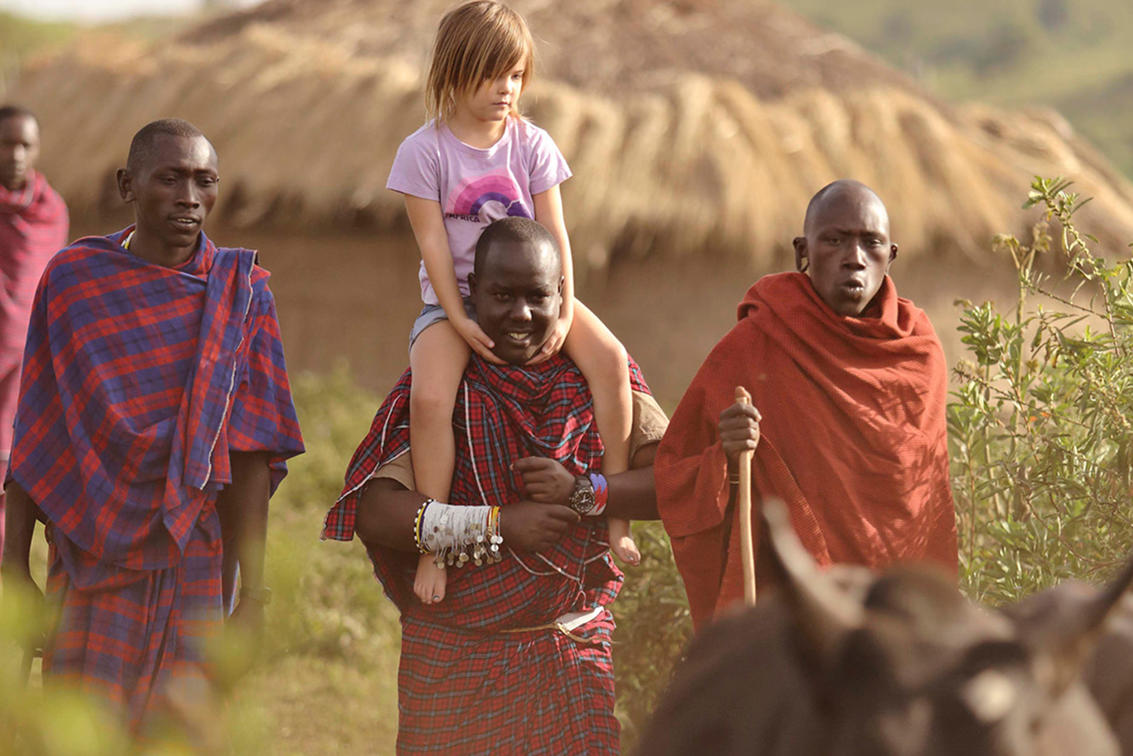 Experience Maasai culture firsthand by visiting a traditional village. Interact with tribe members, watch captivating dance performances, and tour boma huts. This cultural immersion offers unique insights into their way of life.
Experience Maasai culture firsthand by visiting a traditional village. Interact with tribe members, watch captivating dance performances, and tour boma huts. This cultural immersion offers unique insights into their way of life.
7. Admire the Munge Waterfall in the Olmoti Crater
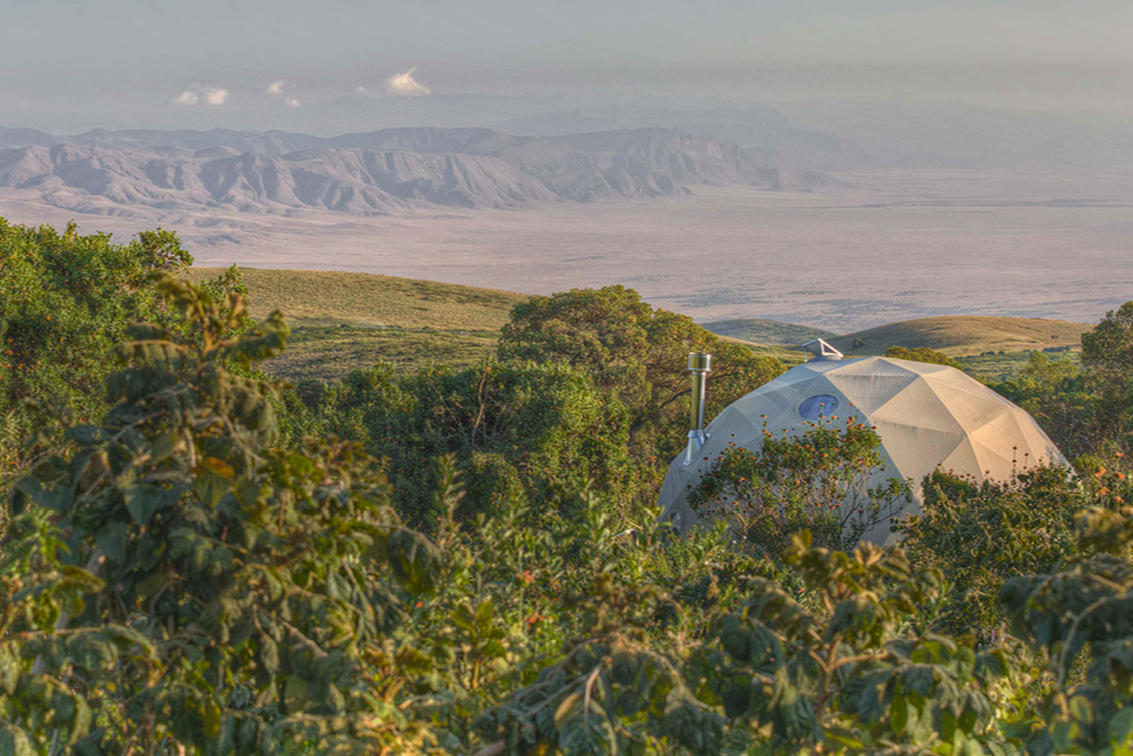 The Olmoti Crater, or “Cooking Pot,” features lush vegetation and abundant wildlife. Hike along the rim to view the Munge Waterfall, a 30-meter cascade that’s a highlight of the area.
The Olmoti Crater, or “Cooking Pot,” features lush vegetation and abundant wildlife. Hike along the rim to view the Munge Waterfall, a 30-meter cascade that’s a highlight of the area.
Best Time to Visit the Ngorongoro Conservation Area
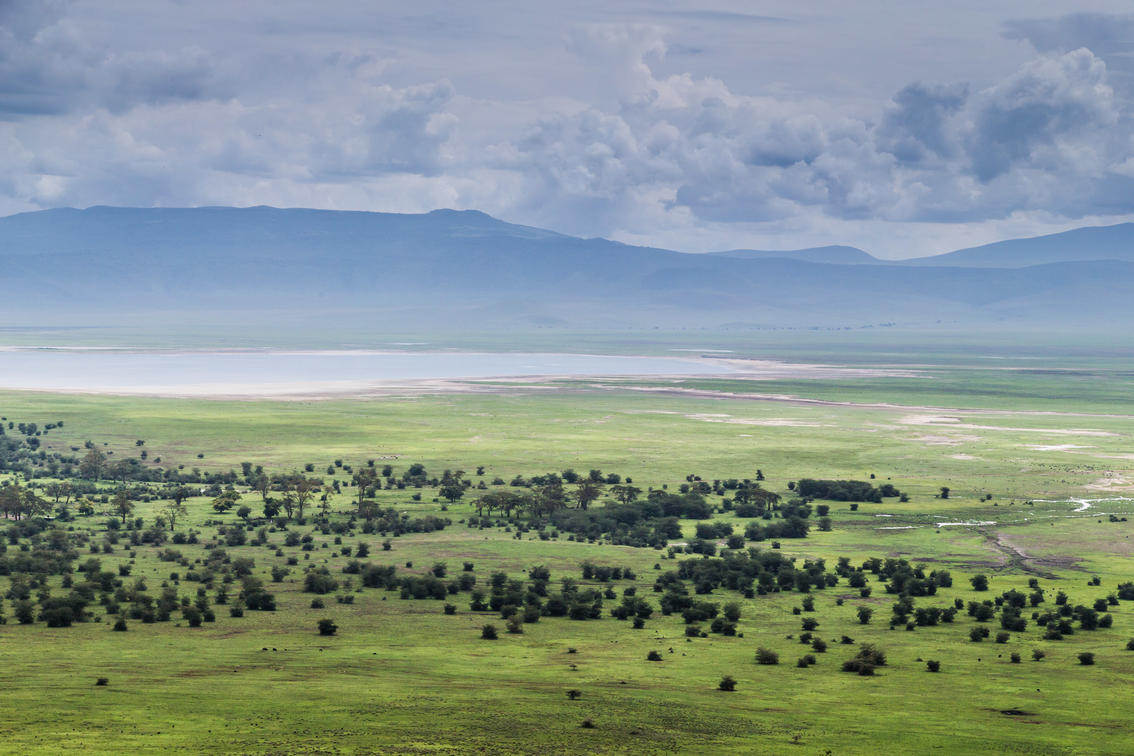
Dry Season: June to October
- Advantages: Clear skies, minimal rain, and excellent wildlife visibility due to shorter grass.
- Considerations: High accommodation rates and larger tourist crowds.
Green Season: November to May
-
Advantages: Lush landscapes, fewer tourists, and lower lodge rates.
- Best For: Birdwatching and witnessing the Great Wildebeest Migration.
Where to Stay in the Ngorongoro Conservation Area
1. Gibb’s Farm Lodge
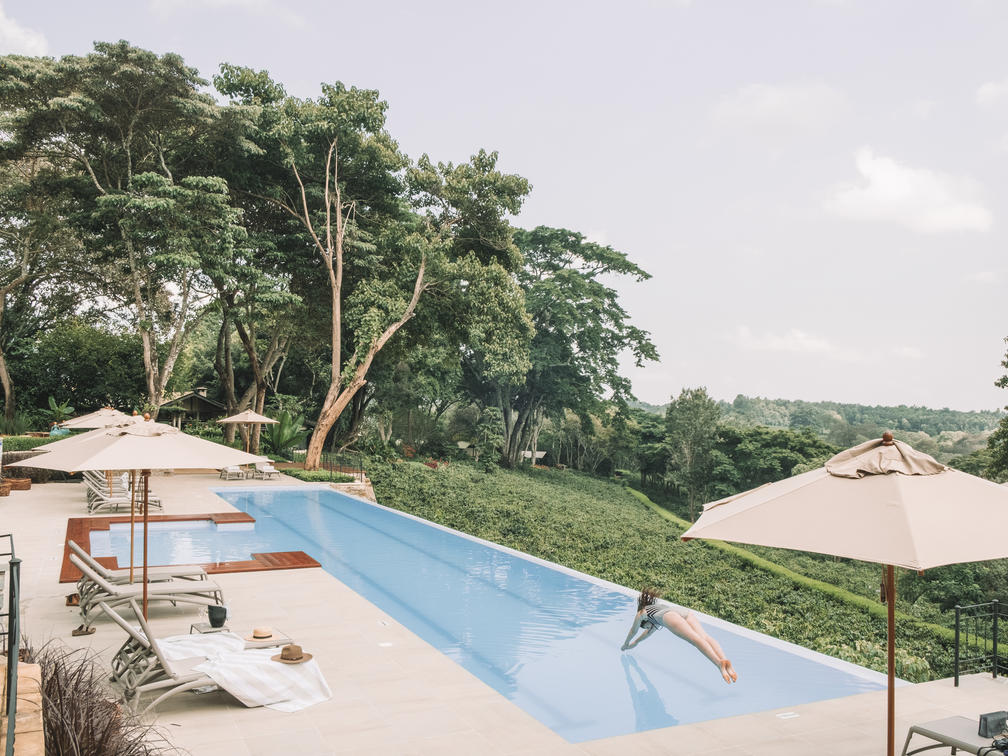
A charming retreat featuring cottages surrounded by lush gardens. Enjoy farm-to-table dining with ingredients sourced from the property’s own gardens.
See This Lodge
2. The Highlands Ngorongoro
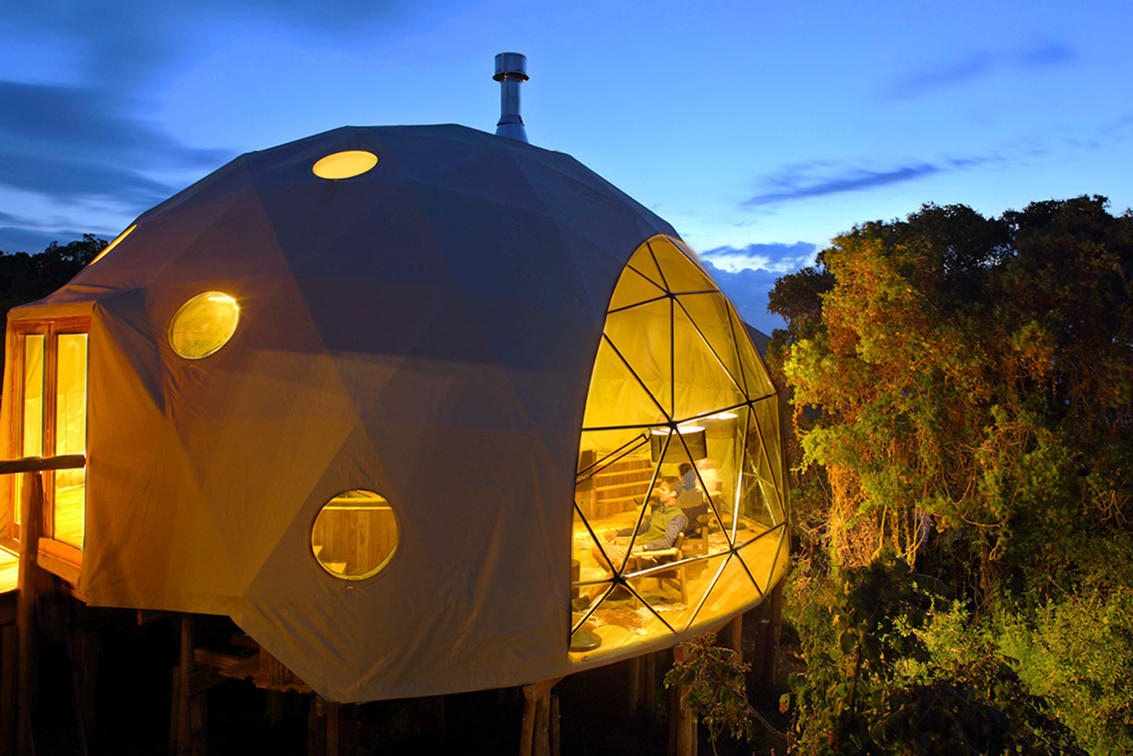
Stay in luxurious canvas-and-glass domed suites inspired by Maasai bomas. Located on the slopes of Olmoti, this property offers breathtaking views.
See This Lodge
3. The Manor at Ngorongoro
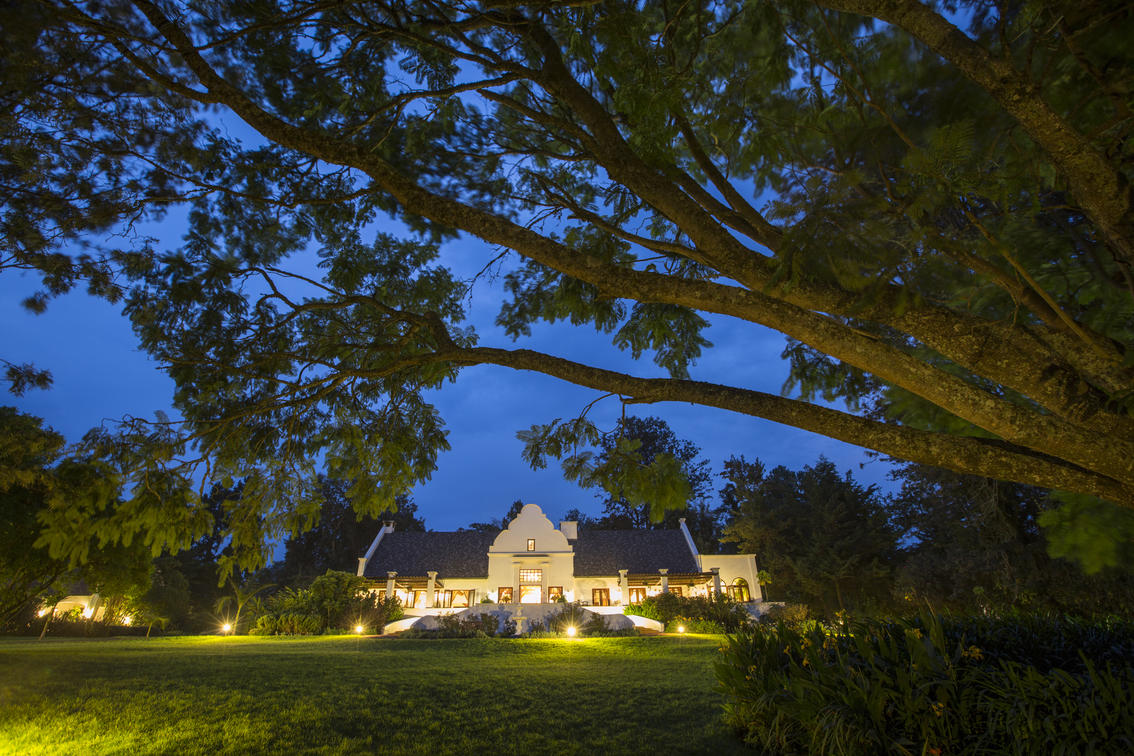 A Cape Dutch-style lodge set amidst a coffee plantation, offering elegance and serenity.
A Cape Dutch-style lodge set amidst a coffee plantation, offering elegance and serenity.
See This Lodge
4. &Beyond Ngorongoro Crater Lodge
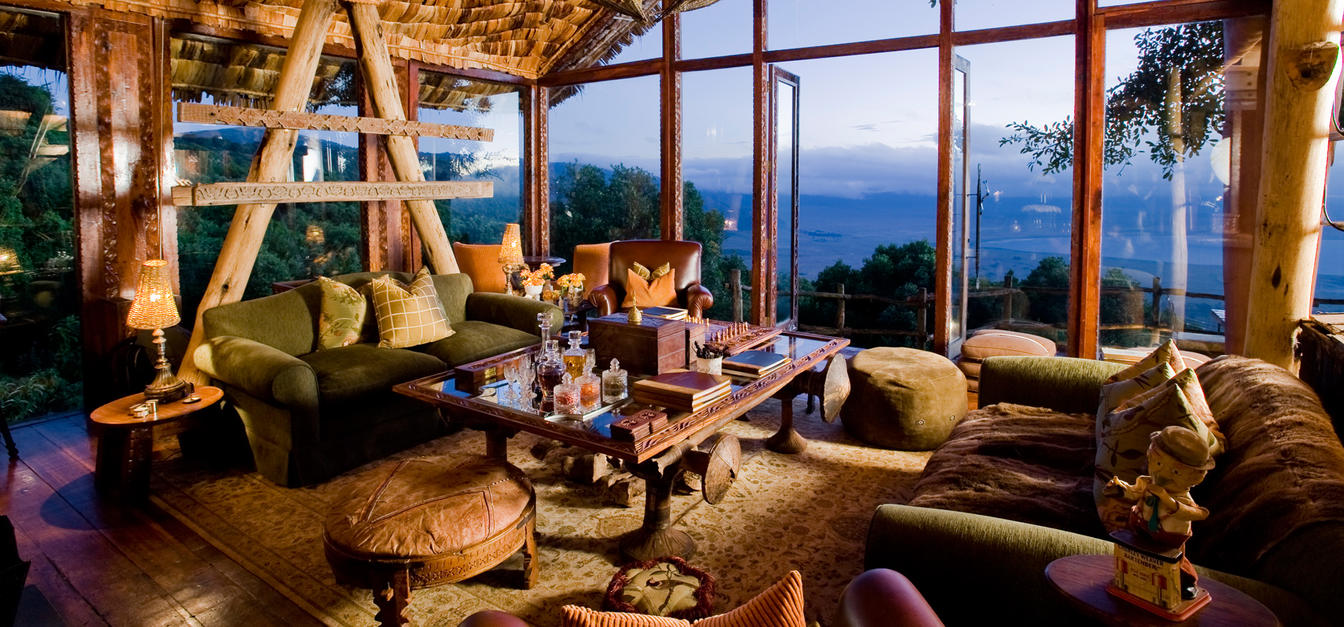 This exquisite lodge comprises three intimate camps overlooking the crater, blending Maasai influences with opulent design.
This exquisite lodge comprises three intimate camps overlooking the crater, blending Maasai influences with opulent design.
See This Lodge
5. Ziwani Lodge Lake Eyasi
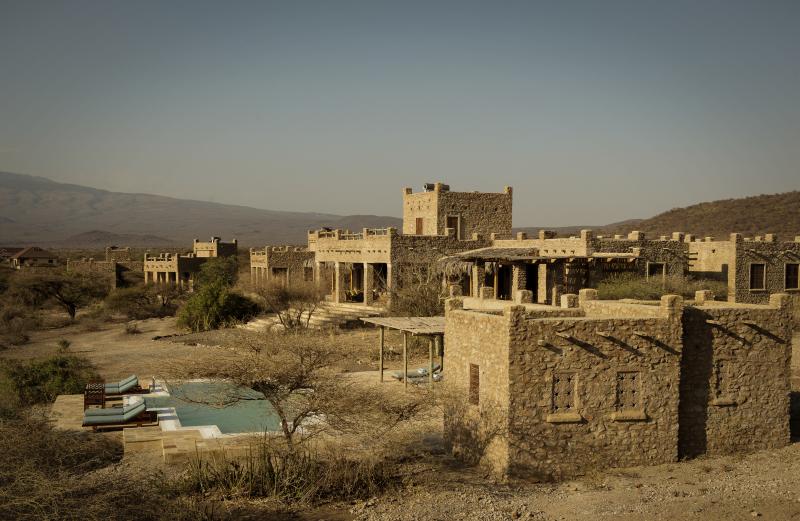
An eco-lodge with just eight cottages, Ziwani offers unique cultural experiences with the Datoga and Hadzabe tribes.
See This Lodge
Plan Your Ngorongoro Adventure
The Ngorongoro Conservation Area is a destination like no other, offering unforgettable wildlife encounters, cultural experiences, and natural beauty. Chat with one of Vencha’s Tanzania travel experts today to craft your dream safari.
Help Me Plan

 1-321-766-6821
1-321-766-6821 
